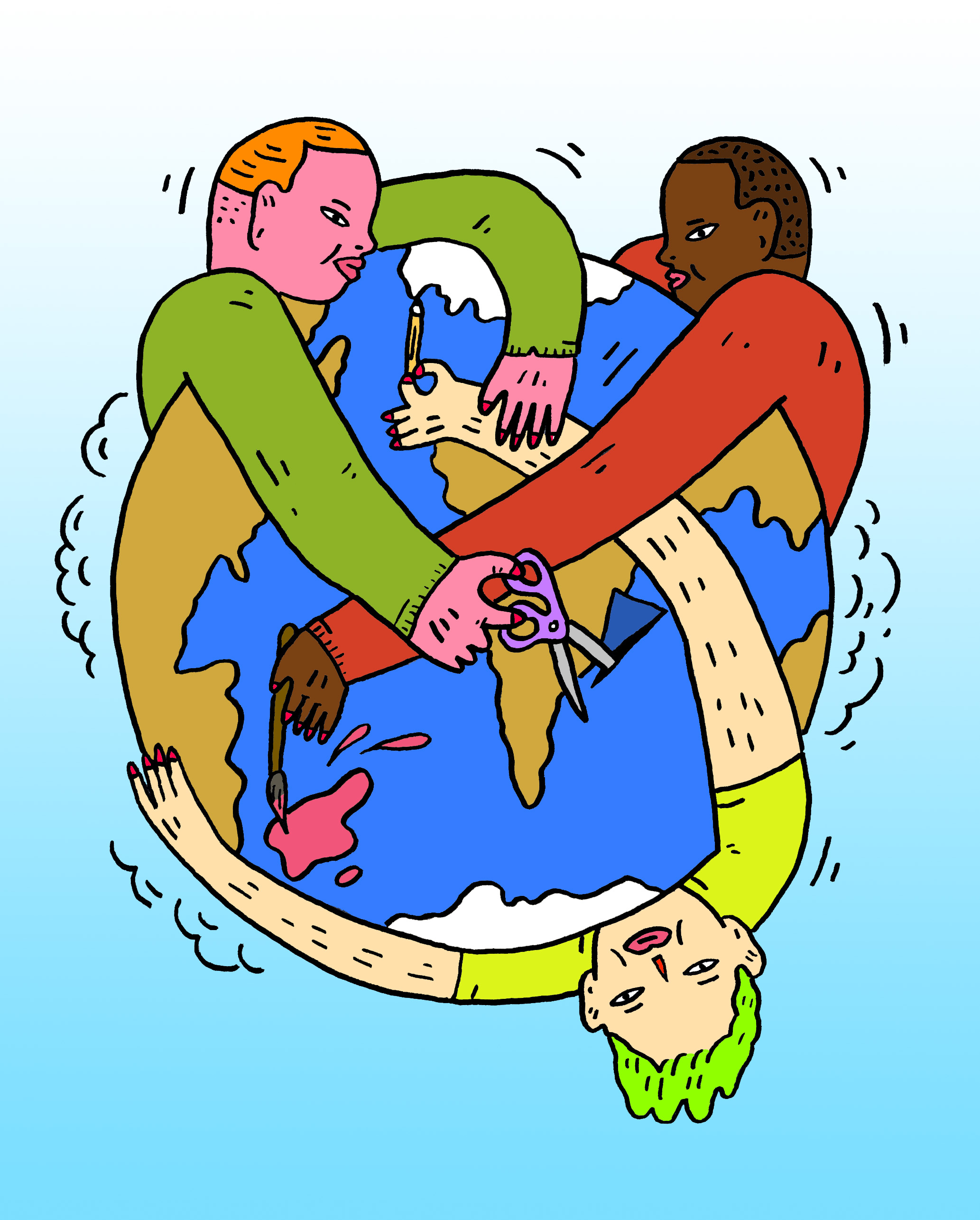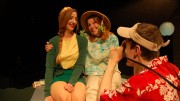The University of Manitoba wants to help international students ease their adjustment to our frigid city through a group workshop series titled Creative Group Workshop for International Students Adapting to Winnipeg and University Life.
For the vast majority of us local Winnipeggers, deciphering the Confusion Corner sign, yelling “True North” at the top of our lungs during O Canada at Jets games, and spontaneous (sometimes irrational) changes in the weather have become an everyday occurrence and comforting familiarity. But for approximately 9.5 per cent of the student population of the U of M, these sights and sounds can be an overwhelming reminder that international students are far from home.
The U of M is a home away from home for over 2,600 international students from more than 90 countries from around the world. Although moving to Canada for education can be a new and exciting experience, adjusting to life in a new country can be extremely difficult – especially when it is combined with the stress of university. There are new customs to adhere to, new cultural expectations to learn, and new languages to master, on top of all the courses needed to graduate.
The Student Counselling and Career Centre at the U of M (474 in University Centre) has designed a free program to help ease this adjustment. This program, facilitated by Tuula Heinonen and Marlene Pomrenke, is designed to help international students share ways of thriving in Winnipeg, along with expressing any goals and challenges they may have in their transition.
These four sessions will combine the use of art methods—such as collage and other forms of artwork that might help students understand their ideas and needs—and group discussion in order to learn from other international students and to share ideas within the group.
International students wishing to participate in the group sessions are not required to have an aptitude for art, nor bring special supplies to the session, as the goal of the sessions is not to cultivate artistic talent, but rather to use art as a therapeutic medium.
Art can help individuals express their innermost thoughts, overcome stress, and improve their emotional well-being – making it the perfect creative outlet to use as a form of therapy. Historically, art has been used therapeutically for thousands of years, although it has only been recognized as a formal method of therapy since the middle of the 20th century.
Since the formalization of art therapy, it is now common practice as a healing strategy for a number of ailments. Anything from depression, to brain injury recovery, to trauma from physical abuse is now being treated by clients expressing themselves creatively.
Art therapy sessions tend to differ from regular art classes in the emphasis on the inner feelings of the individuals involved, as opposed to the focus on technique and skill found in traditional art programs.
Therapeutic art sessions also work from the individual’s thoughts, feelings, and ideas as the main source of inspiration and reference, instead of reproducing images or concocting images from the imagination. This allows participants to work through conflict in a healthy, creative way.
The workshop is offered on Tuesdays from Oct. 14 to Nov. 25 from 10 a.m. to 12 p.m. Contact (204) 474-8592 to register.





